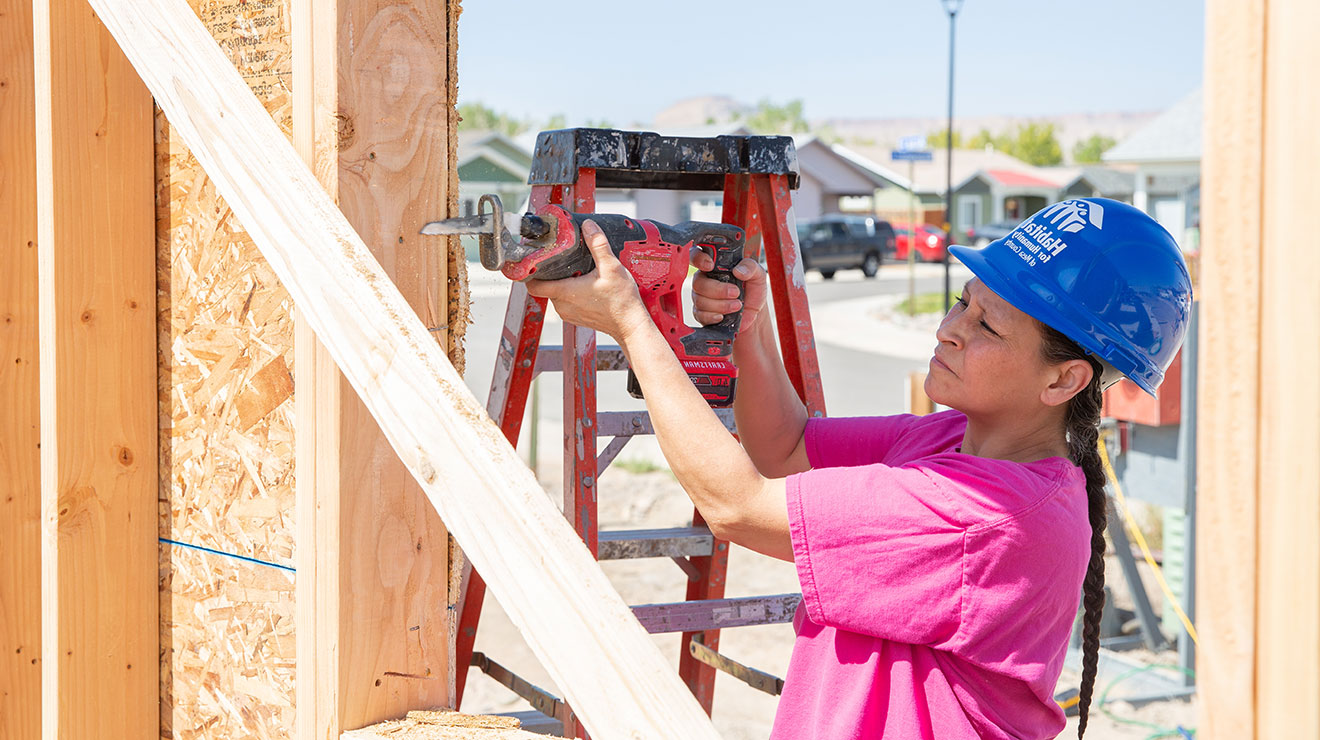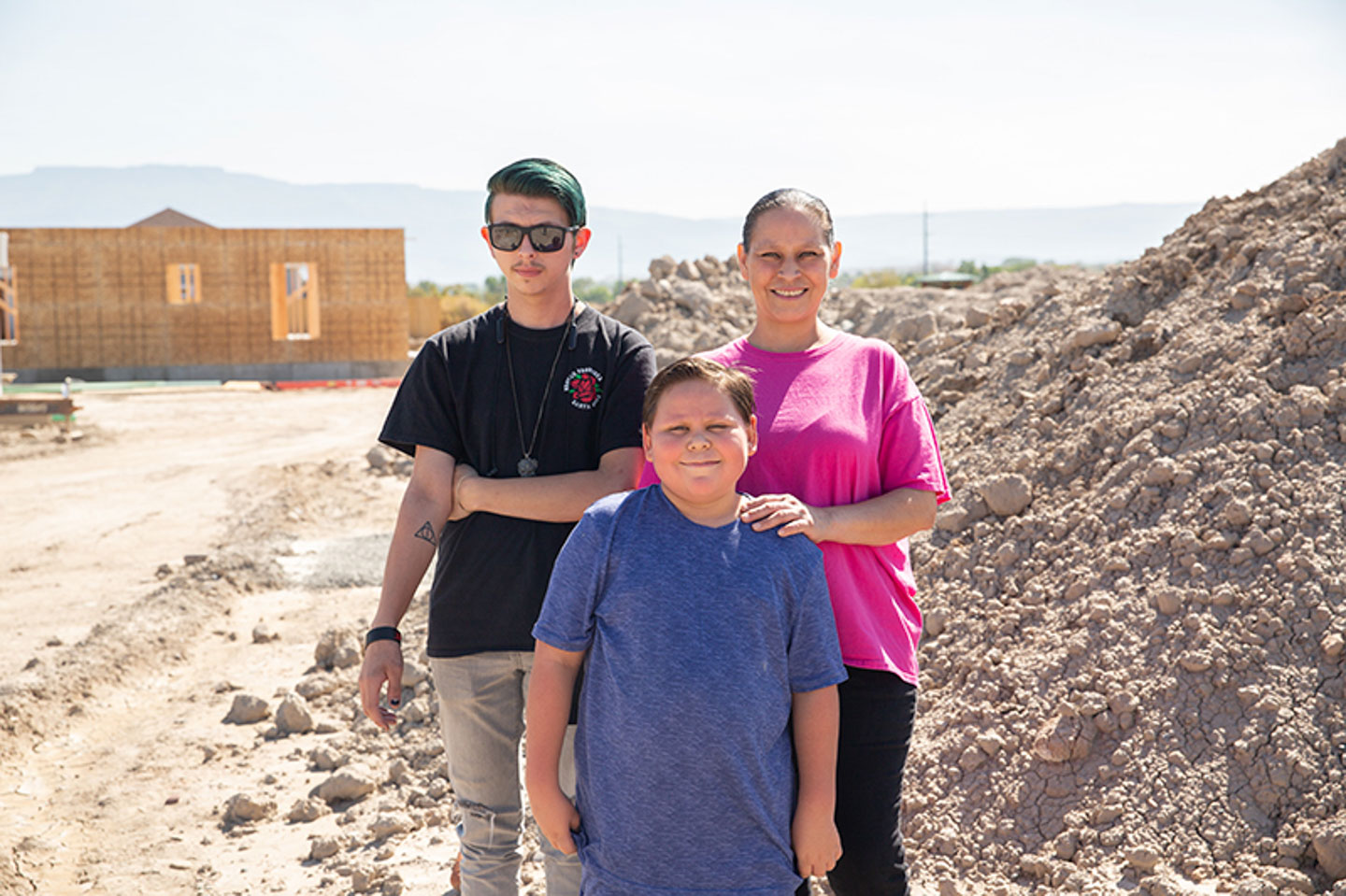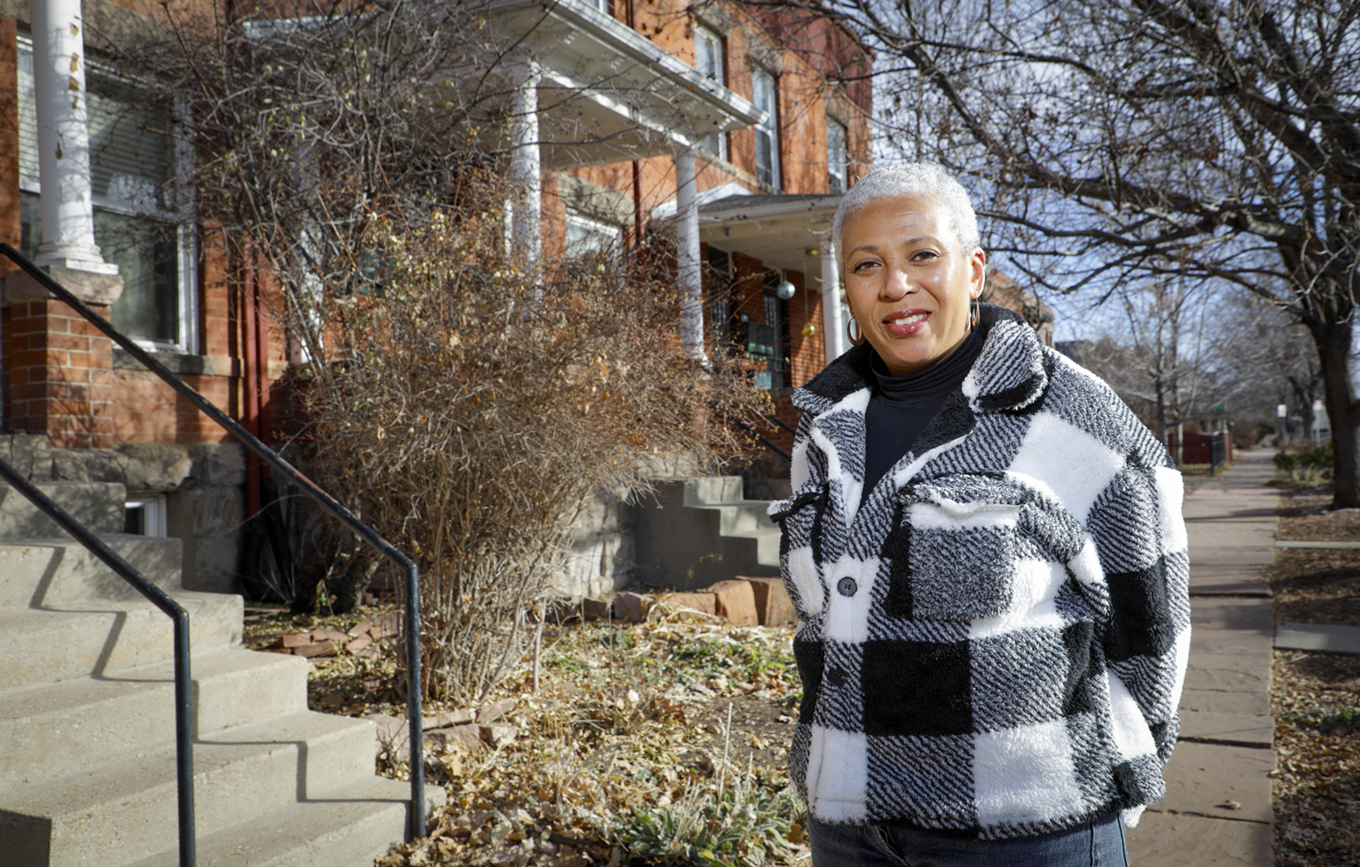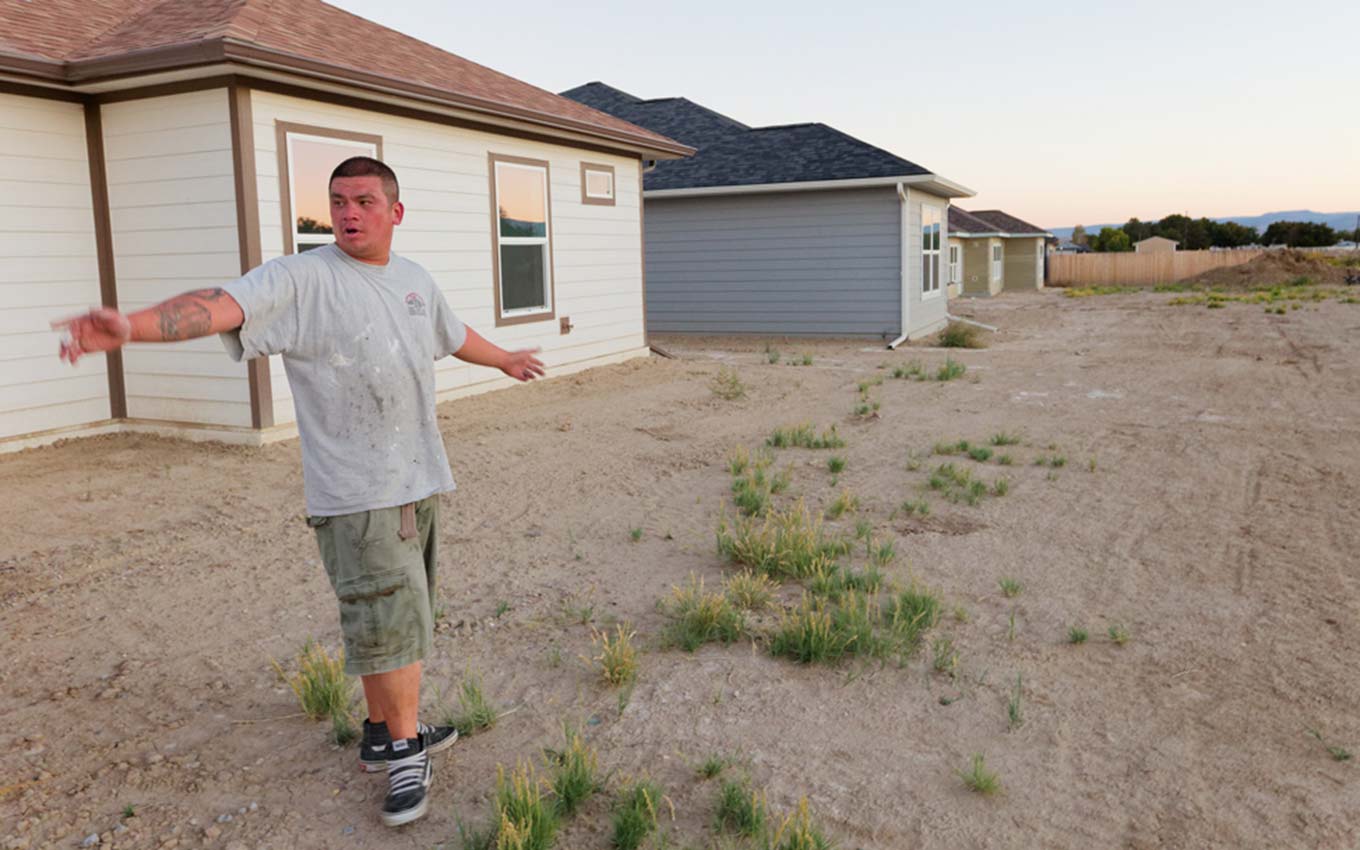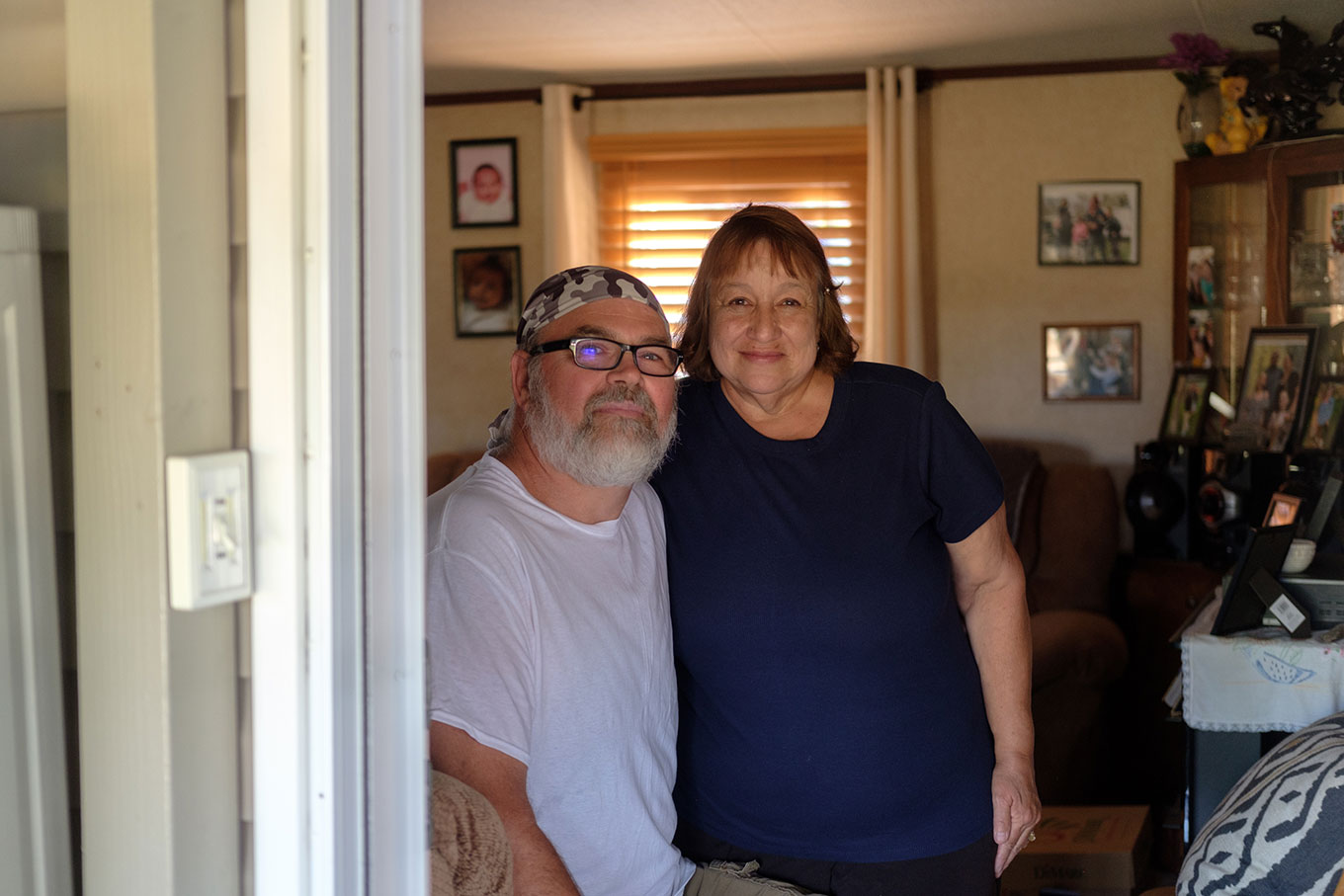Sheila Martinez had had enough of Utah when in 2011, she moved to Grand Junction from Provo with her boyfriend and two sons.
“I needed a change, I was going nowhere,” Martinez, 46, said. “Sometimes, you just need a fresh start.”
The novelty wore off soon enough. Martinez found a job at Burger King and a small house to rent. But when her boyfriend moved out a year later, he left her pregnant and with bills he was supposed to have been paying with money she gave him—including for the rent.
Unable to afford both the rent and the bills, Martinez and her children moved into Grand Junction’s HomewardBound homeless shelter in October 2012. Three months later, she and her sons were able to move into an apartment thanks to temporary rental assistance through a Grand Junction Housing Authority program and its various state and local partners.
In Grand Junction, more than half of renters—or about 5,700 households—are cost-burdened, spending 30% or more of their income on housing. Of these, more than 2,800 households are severely burdened, spending more than half of their income on housing, a June 2021 Grand Valley Housing Needs Assessment found. The report was prepared by Roots Policy Research in Denver for the City of Grand Junction.
At least some of this burden is due to a lack of affordable units. The housing report found a shortage of 2,168 units priced for renters who earn less than $25,000 per year in Grand Junction. Mesa County overall has a gap of 3,736 units for such low-income households.
When Martinez’s parents and six of their grandchildren for whom they have guardianship moved from Utah to Grand Junction in 2015, they stayed temporarily with Martinez before they found a modular home to rent. However, it had plumbing problems and other issues, including an unresponsive landlord, and so after a year they were looking again for a place to rent. Much like Martinez, her parents had a difficult time finding anything in their price range.
“So we found a place together,” said Martinez.
Crowding numerous relatives and friends into a single housing unit isn’t uncommon on the Western Slope. About 400 households in Grand Junction and 1,400 in Mesa County are overcrowded, meaning more than one person per room, according to the Grand Valley Housing Needs Assessment.
“Overcrowding in housing can threaten public health, strain public infrastructure, and points to an increasing need of affordable housing,” the report observed.
That’s especially true during a pandemic. This past summer, Martinez’s entire household was diagnosed with COVID-19. Martinez said she doesn’t know how or where they contracted the virus; she and her family were unvaccinated at the time.
“My dad and I had it the worst,” she said. Her father, who is 77 and blind, was hospitalized for nearly a month; Martinez developed COVID-related pneumonia and repeatedly visited hospital emergency departments, though the Grand Junction hospitals never had a bed available for her due to surging COVID-19 cases in the community.
“It was like a bad dream for three weeks. I was in and out of consciousness,” Martinez recalled. She missed nearly a month of work, and still has a hard time breathing.
Three years after Martinez moved in with her relatives, her parents’ situation is more stable now; one of their grandchildren is 18 and works, and Martinez’s brother has also moved in and has a job.
For Martinez and her sons, “it’s time to move on,” she said.
Sweat Equity
Martinez was accepted into Habitat for Humanity of Mesa County’s homebuilding program in May, which requires partner families to contribute a minimum of 500 hours of “sweat equity”—no less than 32 hours per month—at the job site, the Habitat ReStore, or attending homeownership education classes.
Habitat for Humanity is a national nonprofit that aims to get more people into homes of their own. Habitat for Humanity of Mesa County typically builds four homes each year, although construction has been delayed in 2021 due to the COVID-19 pandemic and supply chain interruptions. Costs have also gone up substantially—from approximately $82,000 per home last year to $145,864 in 2021—due in part to increased lumber costs and other supplies. A regular crew of volunteers helps keep labor costs low, although this year many took time off because of the pandemic.
“In Mesa County, you need to earn $25 an hour to afford a safe, two-bedroom apartment,” Habitat Marketing Director Christina Martin said. “It’s hard for young people starting out, or divorced individuals starting over.”
Martinez now makes $13.50 per hour at St. Mary’s Medical Center, delivering food trays to patients. She made less than that at Burger King when she first arrived in Grand Junction; after two years there, she then spent six years at McDonald’s, working her way up to manager and having her salary peak at $13 per hour.
Construction on Martinez’s house hasn’t started yet, although foundations have been poured for two of the homes in her group. Meanwhile, she and two of her sons, ages 8 and 20 (her 24-year-old now lives in Utah), continue to share a house with her parents, brother, four nephews and two nieces.
